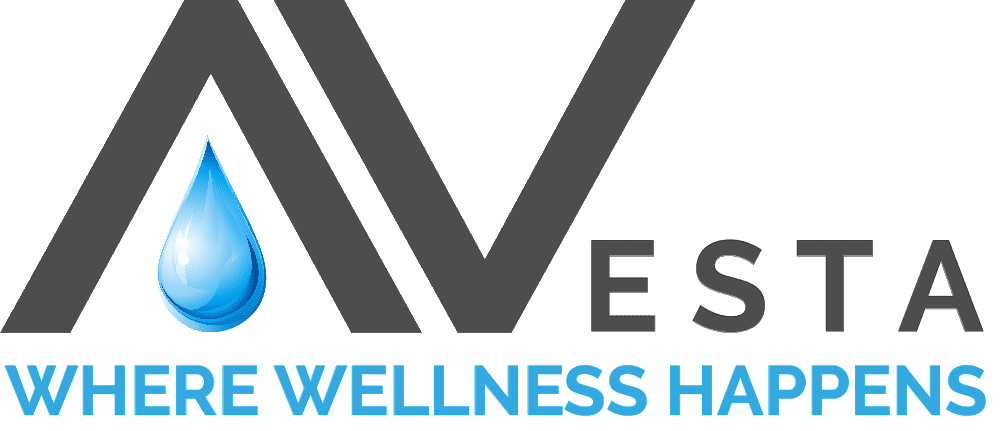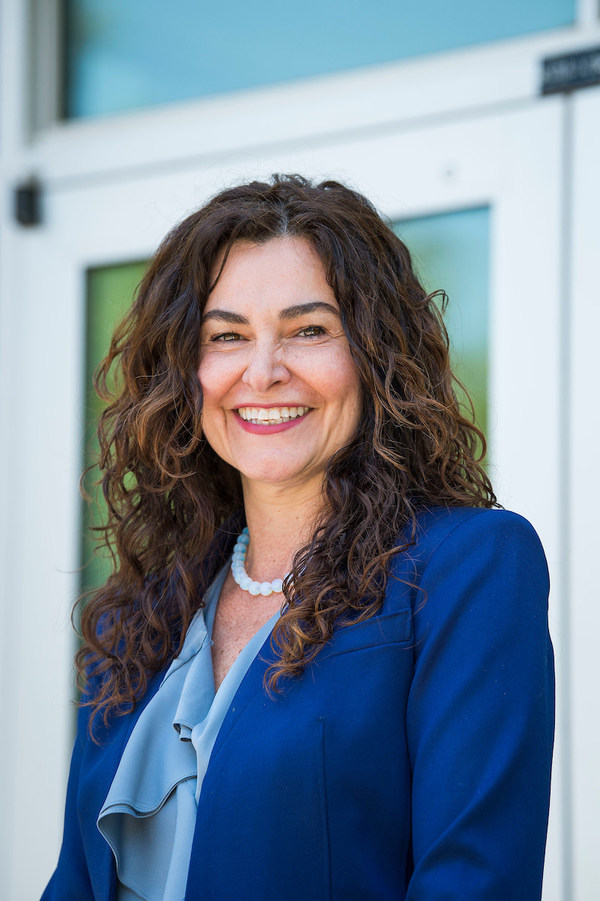After running her first half marathon in 2015, Life and Career Coach Kim Bielak founded National Fitness Day; the first National Fitness Day was officially celebrated in 2017 – this year, Saturday, May 7th, is National Fitness Day. Last year, the tenth anniversary celebrated the day with the theme “Fitness Unites Us.” National Fitness Day is dedicated to “A healthy mind and body that makes for a better life and to all who prove the importance of a physically and mentally fit society”(National Today, n.d.).
This day would not be as important without its origins and history. So, where does the history of fitness and exercise originate from? It dates back to ancient Persia and Greece; the Persian word zurkhanehs means “house of strength, ” where male scholars went to train and improve their physical endurance. The word gym comes from the ancient Greek word “gymnasion,” which has roots in the word “gymno,” meaning naked. “At the time, exercise was performed in the nude to better showcase the competitors’ fitness at massive public events like the ancient Olympics”(Wherrell, 2017). However, working out wasn’t just an activity; it was a lifestyle. “The Greeks of the classical era believed that physical fitness and mental clarity were two sides of the same coin. A good citizen was virtuous in mind and in body, training was a civic duty”(Nakou, 2017).
Fast forward to the 18th century, when athleticism and exercise were essential to survival. Given that illnesses were prevalent throughout the community, medical professionals encouraged exercise to both maintain health and regain it after sickness or physical injury (Cotner, 2021). Many physicians swore by exercise to be a cure for most ailments; “English physician Thomas Marryat said in 1775, ‘Exercise is so absolutely necessary, that it is impossible to continue long free from disorders without it: nine-tenths of those which are incident to human beings originate from indolence”(Cotner, 2021). While they may not have known everything, these physicians were certainly on the right track; Luigi Cornarno stated, “medicine was no more than a substitute for exercise and temperance”(Cotner, 2021). The 18th century encouraged incorporating exercise into the everyday routine through different forms of labor or tasks, including horseback riding, talking a walk around town, chopping wood, or dancing.
The 18th century brought many helpful tools and new ways of exercising, like the invention of gymnastics by Friedrich Ludwig Jahn or the publication of “British Manly Exercises” by Donald Walker that trickled down to create “The Victorian Fitness Craze” of the 19th Century. An exercise manual written by Gustav Ernst, an orthopedic machinist, in 1861 depicts men and women using what was probably the first portable, at-home gym. However, this would only be affordable to those with the money and time, especially based on Ernst’s recommendations of working out for 15 minutes, four times a day versus one continuous hour (Mundasad, 2014).
Women often had more leisurely time to spend, given strict gender norms and societal constructs; these same social frameworks surprisingly limited women in their exercise due to gender inequality. Many of their exercises were limiting because “They had to contend with the notion that they were too delicate for many forms of exercise”(Selin, n.d.). According to The Medical Intelligencer, a journal published in the 1820s, even as young girls, they were encouraged to garden, spend time on the playground, or sit and talk with one another instead of participating in active exercise. If they did participate in an exercise, the ones deemed appropriate included walking, dancing, horseback riding, or Calisthenics (women’s gymnastics).
Catharine Beecher was a prominent figure for women concerning physical education. She was an early pioneer and advocate for women, defying the prevailing notion that women were fragile and that they should be able to participate in physical activity(Michals Ph.D., 2015). She wrote another illustrated manual for calisthenics titled “Physiology and Calisthenics for Schools and Families” and found the Hartford Female Seminary with her sister in 1823, which offered physical education classes (Michals Ph.D., 2015).
The 19th century saw the first fitness influencers. Eugene Sandow, who modeled his body off the Greek Gods, gained instant fame after winning a strongman competition. Sandow became an inspiration and influence on Arnold Schwarzenegger.
We would not be where we are today, celebrating National Fitness Day 2022, without the incredible amount of history and people who were pioneers of the fitness industry. Their way of life, including work, play, and everyday tasks, has formed into what we now call exercise (Heffernan, 2018). Women like Catharine Beecher paved the way for Jane Fonda in the 80s and Cindy Crawford’s Shape Your Body in the 90s. These women are just a few who changed the fitness promotion and influence game.
The current influencer market for the fitness industry is booming but looks a little different from Eugene Sandow’s days. Now, influencers are promoting relatability, encouragement, and healthy lives. The most powerful thing that fitness influencers have done during the pandemic over the past few years is create a sense of community. Many paired up with brands like Lulu Lemon to provide online, streaming exercise classes.
The journey we’ve been on in terms of fitness has made it possible for women, men, children, and families of all ages to participate and exercise their minds and bodies. There’s a workout for everyone, whether it’s dancing, weightlifting, bodyweight only, yoga, pilates, or some sport. Whatever you do, there’s a benefit to moving your body. The next time you go to workout, think of all the benefits you’re gaining, including better sleep, a kick of endorphins, better chemical balances, and overall self-esteem. It is also an excellent excuse to socialize, so call up a friend, family member, or neighbor to join you during National Fitness Day.
Here are some fun ways to celebrate National Fitness Day with the whole family!
- Visit your local YMCA
- Take a walk in the park
- Sign up for a 5K
- Go on a bike ride
- Build an obstacle course in the backyard
- Throw a dance party
Sources:
Clements, E. We Wish We Had These ‘80s and ‘90s Celebrity Workout Videos Now. Today. (April 1, 2020). Retrieved April 6, 2022, from https://www.today.com/popculture/we-wish-we-had-these-80s-90s-celebrity-workout-videos-t177317
Cotner, S. Exercise in the 18th Century. Colonial Williamsburg. (February 13, 2021). Retrieved April 6, 2022, from https://www.colonialwilliamsburg.org/learn/living-history/exercise-18th-century/
Davis, J. Eugen Sandow: A Body Worth Immortalising. Natural History Museum. (n.d.). Retrieved April 6, 2022, from https://www.nhm.ac.uk/discover/eugen-sandow-a-body-worth-immortalising.html
Exercise and Mental Health. Better Health Channel. (n.d.). Retrieved April 6, 2022, from https://www.betterhealth.vic.gov.au/health/healthyliving/exercise-and-mental-health
Friedrich Ludwig Jahn. Britannica. (n.d.). Retrieved April 6, 2022, from https://www.britannica.com/biography/Friedrich-Ludwig-Jahn
Heffernan, C. The History of Fitness. Physical Culture Study. (November 30, 2018). Retrieved April 6, 2022, from https://physicalculturestudy.com/2018/11/30/the-history-of-fitness/
Kim Bielak. Breaking Muscle. (n.d.). Retrieved April 5, 2022, from https://breakingmuscle.com/author/kim-bielak/
Massachusetts Medical Society (1826). The Medical Intelligencer: Containing Extracts from Foreign and American Journals. 5. https://babel.hathitrust.org/cgi/pt?id=mdp.39015069911652&view=1up&seq=7
Michals PhD., D. Catharine Beecher. National Women’s History Museum. (n.d.). Retrieved April 6, 2022, from https://www.womenshistory.org/education-resources/biographies/catharine-esther-beecher
Mundasad, S. Victorian Keep-Fit Exercises, and Gym Regimes Revealed. (September 27, 2014). Retrieved April 6, 2022, from https://www.bbc.com/news/health-28858090
National Fitness Day 2022- May 7, 2022. National Today. (n.d.). Retrieved April 5, 2022, from https://nationaltoday.com/national-fitness-day/#:~:text=U.S.,on%20May%207%20this%20year.
Nakou, Georgia. Fitness Tips from Ancient Greece. Greece Is. (January 6, 2017). Retrieved April 6, 2022, from https://www.greece-is.com/train-like-an-ancient-greek/#:~:text=The%20Greeks%20of%20the%20Classical,rather%20than%20a%20lifestyle%20choice.
Selin, S. Exercise for Women in the Early 19th Century. Shannon Selin: Imagining the Bounds of History. (n.d.). https://shannonselin.com/2018/05/exercise-for-women-19th-century/
Stark, J. Fitness Gurus and ‘Muscular Christianity’: How Victorian Britain Anticipated Today’s, Keep Fit Craze. The Conversation. (January 9, 2020). Retrieved April 6, 2022, from https://theconversation.com/fitness-gurus-and-muscular-christianity-how-victorian-britain-anticipated-todays-keep-fit-craze-129522
Wells, K. 8 Fun Ways to Exercise as a Family. Wellness Mama. (March 26, 2019). Retrieved April 6, 2022, from https://wellnessmama.com/motherhood/family-exercise/
Wherrell, J. The World History of Gyms. My House Fitness. (February 8, 2017). Retrieved April 6, 2022, from https://myhousefitness.com/the-history-of-gyms/
6 Ways to Celebrate Family Health & Fitness Day. Geisinger. (August 27, 2019). Retrieved April 6, 2022, from https://www.geisinger.org/health-and-wellness/wellness-articles/2019/08/27/15/29/6-ways-to-celebrate-family-health-and-fitness-day
Photo Source: https://unsplash.com/photos/I1EWTM5mFEM
Author Dr. Ladan Eshkevari, PhD, CRNA, FAAN Dr. Eshkevari is the lead clinician at Avesta, and is a long time researcher and educator in physiology, biophysics, and anesthesiology. She is passionate about assisting patients with retractable, difficult to treat mood disorders, and relies on the latest research to bring evidence to Avesta’s practice to better understand and serve patients.


